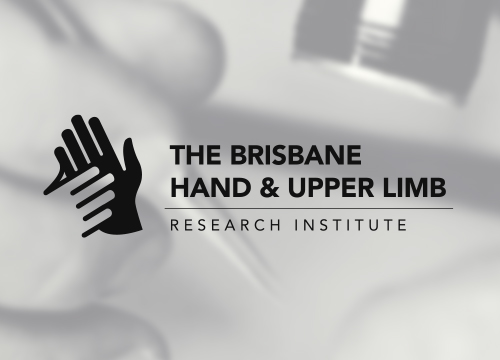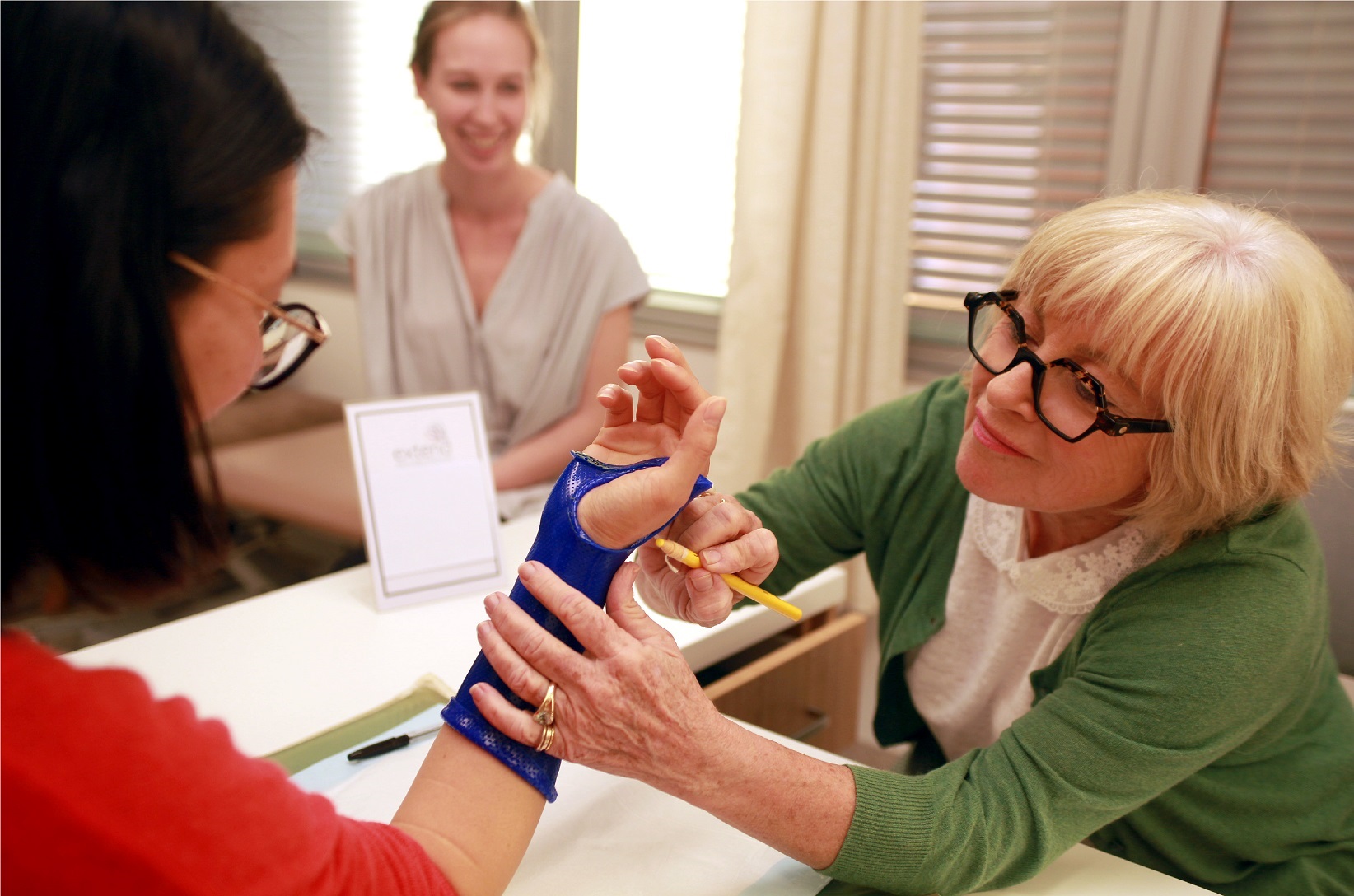Daunt N, Couzens GB, Cutbush K, Green J, Ross M. Accuracy of magnetic resonance imaging of the wrist for clinically important lesions of the major interosseous ligaments and triangular fibrocartilage complex; correlation with radiocarpal arthroscopy. Skeletal Radiology. 2021.
Abstract
Objective: To demonstrate the utility of MRI in separating clinically relevant from minor or incidental lesions of the triangular fibrocartilage complex and the major interosseous ligaments in the wrist.
In this retrospective study, we identified 89 patients and correlated MRI finding with subsequent arthroscopy. Triangular fibrocartilage complex abnormalities have been subdivided into disc lesions-central and radial-or ulnar-sided tears according to MRI appearances and surgical findings as the clinical and surgical approach is very different. Interosseous ligament tears were subdivided into partial or complete, highlighting the principle of recognising surgically relevant lesions.
For simple central to radial tears and perforations of the triangular fibrocartilage complex, MRI was 98.3% accurate. MRI identified all peripheral triangular fibrocartilage complex tears seen at arthroscopy; however, the specificity of 66.7% may reflect partly the use of arthroscopy limited to the radiocarpal joint. MRI proved 95.4% accurate for surgically relevant scapholunate interosseous ligament tears and was highly accurate at separating limited from complete lunotriquetral interosseous ligament tears showing 100% accuracy for complete tears.
The study shows excellent correlation between MRI and arthroscopic findings that determine surgical relevance with a very high sensitivity for triangular fibrocartilage complex lesions and accurate separation of minor versus surgically relevant ligamentous tears.




